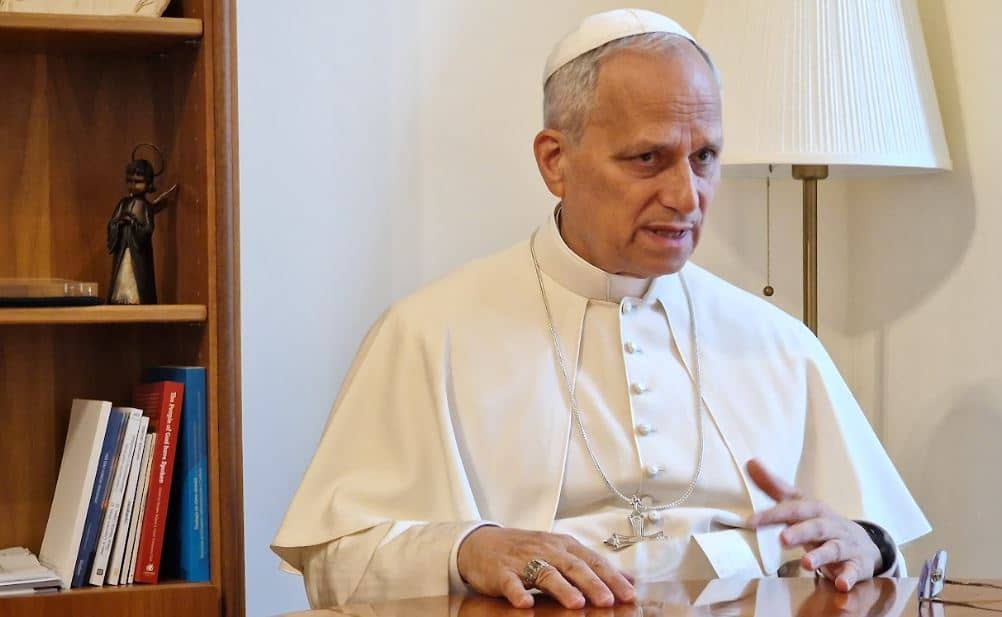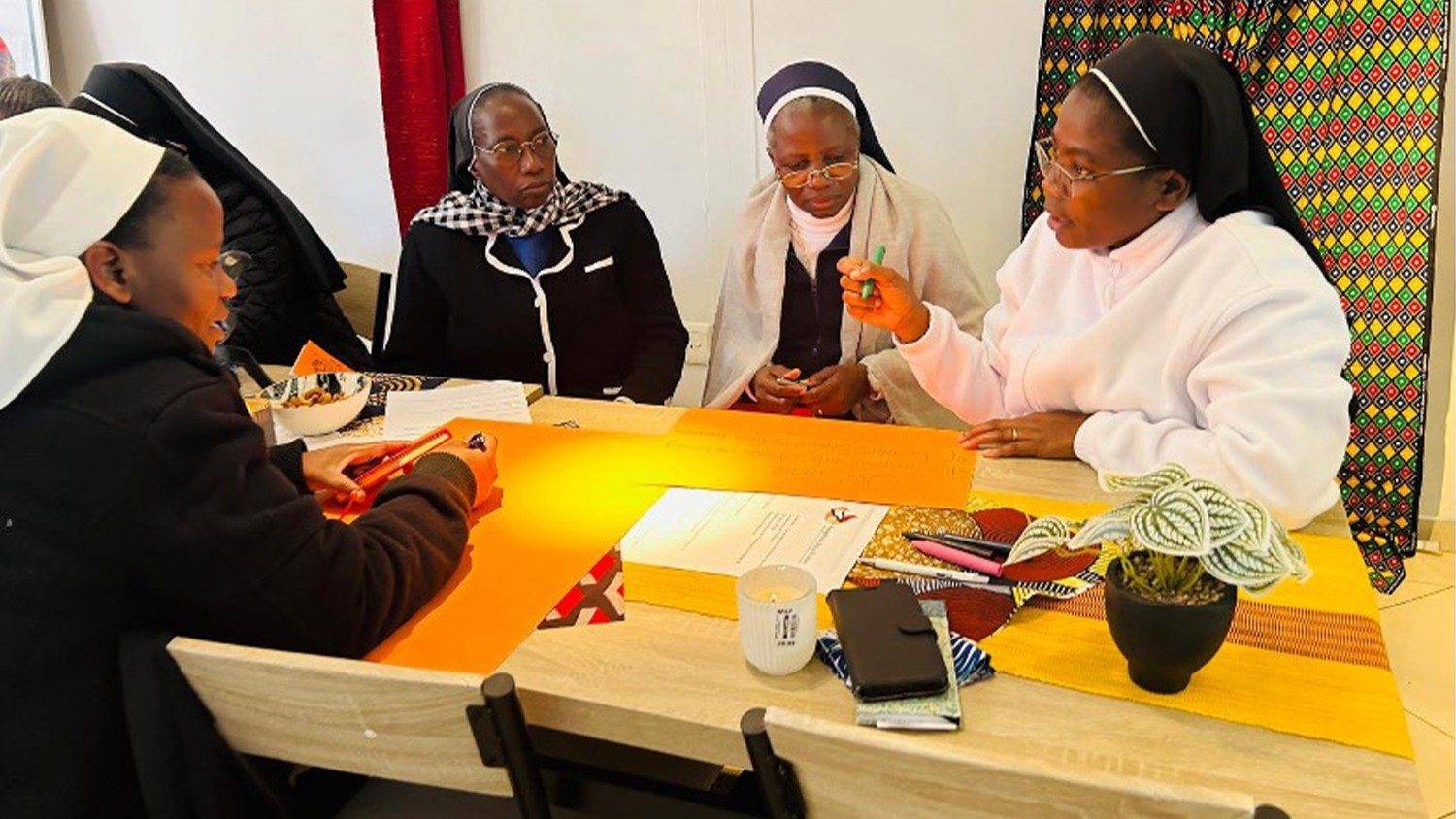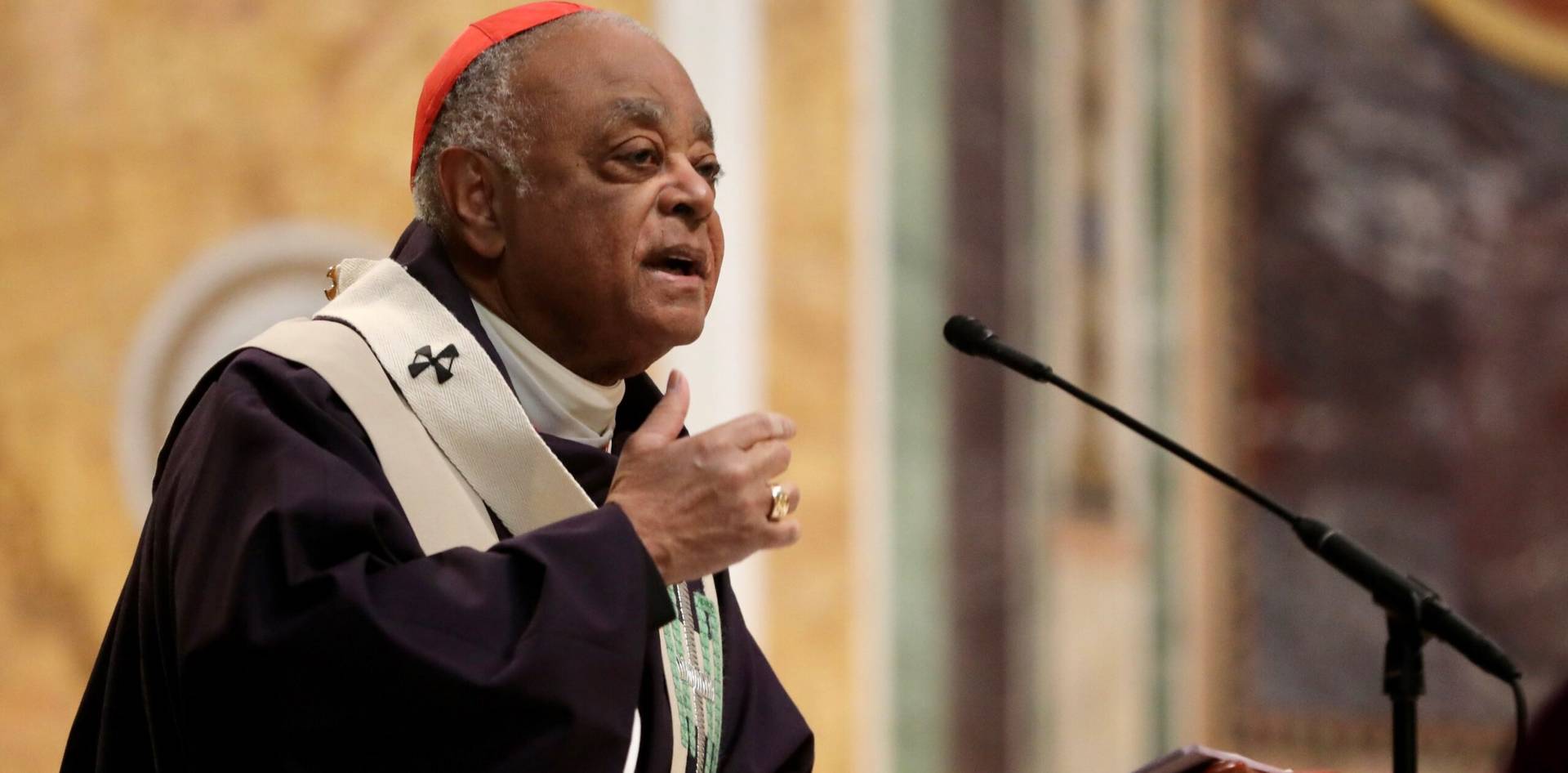ROME – As Pope Francis and Patriarch Bartholomew of Constantinople release a joint statement on the care of creation, Cardinal Peter Turkson, Francis’s right-hand man when it comes to the environment, said the struggle to combat climate change is an essential part of the defense of human life and pro-life activism.
“The message on climate change coincides perfectly with any pro-life activism, or any belief in human life. The two are not separable,” Turkson, of Ghana, told Crux.
“The emphasis given to these [forms of activism] should not make us miss the real, the core message of the two issues,” he said.
Turkson knows there are some international programs and scientists that advocate abortion as a means of population control, which they see as key to protecting the environment. However, in the first-ever papal encyclical dedicated to the issue, Laudato Si’, Pope Francis integrated protection of the unborn with responsible stewardship of creation.
Turkson echoed his boss, who, in his 2015 document, said that protection of nature is “incompatible with the justification of abortion.”
The cardinal, who heads Francis’s recently-created Dicastery for Integral Human Development, spoke to Crux on Wednesday, ahead of Friday’s release of the joint statement by the pope and Patriarch Bartholomew.
Even though it was the office he formerly led, the Pontifical Council for Justice and Peace, that drafted Laudato Si’, Turkson said that when it comes to the joint statement, “We cannot attribute this to any other person. The credit goes to Pope Francis.”
The date of its release, Sept. 1, has been marked by the Ecumenical Patriarchate in Constantinople as a day dedicated to prayer for the environment since the late 1980s. Since the release of Laudato Si’, the pope has urged Catholics to join the orthodox in “prayer and action to protect God’s creation.”
The prelate defined the statement as an example of an “ecumenism of action, ecumenism of solidarity, of pitching together.”
Turkson spoke to Crux over the phone from Azerbaijan, where he’s currently representing the Holy See in its pavilion at the international Expo Future Energy Forum. The following are excerpts of that conversation.
Crux: Pope Francis issued Laudato Si’, the first-ever encyclical on care for creation and the environment. Why the need for this joint statement now?
Turkson: As you observed, Laudato Si’ was an encyclical, and this is a joint statement. They’re two different ways of communicating, two different literary genres, if you will. An encyclical is a letter written to any group that one desires. And Laudato Si’ is Pope Francis’s encyclical on this regard, about creation and integral ecology.
In it, the Holy Father acknowledged the great work of Patriarch Bartholomew in this area of ecology, and he quoted profusely how the patriarch refers to our abuse of nature. When our dicastery had the blessing of being asked to work on a draft of the encyclical, we acknowledged then the patriarch’s message on creation, and we suggested the possibility of the pope and the patriarch doing something together.
At the time, it was not considered opportune to do this.
This year, for the World Day of Creation, which Pope Francis has established in solidarity with the Orthodox Church, which already used to do this on September 1, the two are jointly addressing this message to us. Pope Francis and Ecumenical Patriarch Bartholomew are now jointly speaking with us.
The language of this joint statement resonates deeply with the content of Laudato Si’ and the many messages of the patriarch himself on ecology. God created the world and entrusted it to the hands of humanity to take care of it. We betrayed his trust, which God reposed on us, and we need to repair, we need to convert and change course. This is the central message of the declaration of these two leaders of churches.
Is the protection of the environment another example of Pope Francis’s ecumenism of deeds?
For a long time, this has been considered an alternative, a very real way of pursuing ecumenism. There are so many categories and words used… There’s an ecumenism of blood, ecumenism of action, of prayer. All of these forms of coming together to witness to the common faith we have are present.
What we have right now, Pope Francis doing a joint statement with Ecumenical Patriarch Bartholomew, can be described as an ecumenism of action, ecumenism of solidarity, of pitching together. All of these work to describe two religious leaders coming together to issue a common teaching.
Do you know whose idea it was to produce this joint statement?
In 2014, when a draft, as Pope Francis himself acknowledged during his return flight from South Korea, our dicastery had presented him with a draft of Laudato Si’, and he was looking at that. Already on that presentation, we introduced to the Holy Father what Patriarch Bartholomew was used to producing. And so we suggested the possibility that the encyclical the pope wanted to publish could take the form of a booklet, as we had, or it could also be a very simple statement like what the patriarch had produced at that time.
The two possibilities were brought to his attention, and the Holy Father chose to use the booklet format of the encyclical as we had it. But the pope was aware of what the patriarch was doing, a very simple declaration like we have now in the joint statement calling for prayer for creation.
I would not claim credit, nor would my dicastery. The credit goes, I believe, to the Holy Father himself who first announced he wanted to do something together with the Orthodox Church on Sept. 1.
The Orthodox Church already had a celebration on this day, and the Holy Father’s announcement to join them on Sept. 1 in their prayer for Creation was his decision. We cannot attribute this to any other person. The credit goes to Pope Francis.
On one extreme, there are climate change deniers; on the other, extremists who sometimes value an old-growth rainforest more than a human life. What would you say to each?
If one understands the movement for climate change and what it stands for, the two issues are not separable. I mean, care for human life and pro-life activism essentially resonates with the message for climate change.
What climate change is saying is that the present state of the climate is a menace to human life itself. It’s not sustainable, and if we continue on this path, it won’t be possible anymore to have human life on this planet.
In that sense, the message on climate change coincides perfectly with any pro-life activism, or any belief in human life. The two are not separable. The emphasis given to the names of these [forms of activism] should not make us miss the real, core message of the two issues.
Climate change is simply saying that if trends on our use of the environment go on in the way they are, the world, creation, would not be able to support human life. It’s simply that. And those who say they are concerned for life, I’m also saying that. All of us are about ensuring the dignity of human life on this earth.
It’s drawing attention to the menace, or threat, of this being possible in the future. So basically, I think we’re saying the same thing.
Last but not least, why are you in Kazakhstan, and what do you hope to accomplish?
As you know, we’re here not as tourists … we’re here on a mission that the Secretariat of State entrusted to us some time ago, and the mission is to represent the Holy See at an expo here in Kazhakstan on the Future Energy Forum.
We were sent to represent the Vatican in the set-up of a pavilion that would enable the Church to make a statement about future energy. Our mandate is to do basically two things. One, to express the fact that since the Second Vatican Council, the Church has always sought to show love and affection to humanity by accompanying dialogue on the many challenges, problems, aspirations and issues that cross its path. That is what we’re doing when we participate in any expo.
From 1951, when the Church participated in the first Expo in London until now, the Church has always had great interest in participating in the Expo. Then there was Zaragoza on water, that of Beijing about accommodation, and the last one in Milan about Human Energy. And from there, they finally decided to look into future energy.
And the Church is again present, to help humanity formulate a vision towards ensuring energy for the future. So we’re here to do this.
Secondly, [we’re here] to propose the Church’s own consideration, its own view on this issue, hopefully to provide an orientation, or to help humanity in its deliberations on future energy. The key is to recognize that energy, first and foremost, is essential to the success of all parts of humanity and of creation, and it must be assured. Secondly, its safety is also a theme of concern. Thirdly, emphasizing the possibility of making profits or making gains from providing energy, but to look at the great need of energy for any decent living on this earth.
So this is the very small message that we’ve come here to contribute, and we also want to tell people about who we are, to talk about the different kind of energies, whether it’s charcoal, oil, electricity, wind and all of that.
But we’re also saying at the end of our story here there’s another source of energy that we must not overlook. That’s the energy within each one of us, within every human being, as a source of good. So energy is the motivation that we have for doing things as a result of our prayer. We’re offering as an example Mother Theresa of Kolkata, who said that in prayer, we find a better way of serving, render service to humanity. We refer to Gandhi, to Nelson Mandela, who in their own meditations found a good way to leadership.
So this is the new message of energy that we want to address, this force within all of us for good. We’re saying that we shouldn’t forget this, nor overlook the great need to offer a different form of energy that enables us to serve one another and to help towards the common good.
















